Nikon Z6 vs Nikon Z50: 10 key differences you need to know
Should you go full-frame or save cash with APS-C?
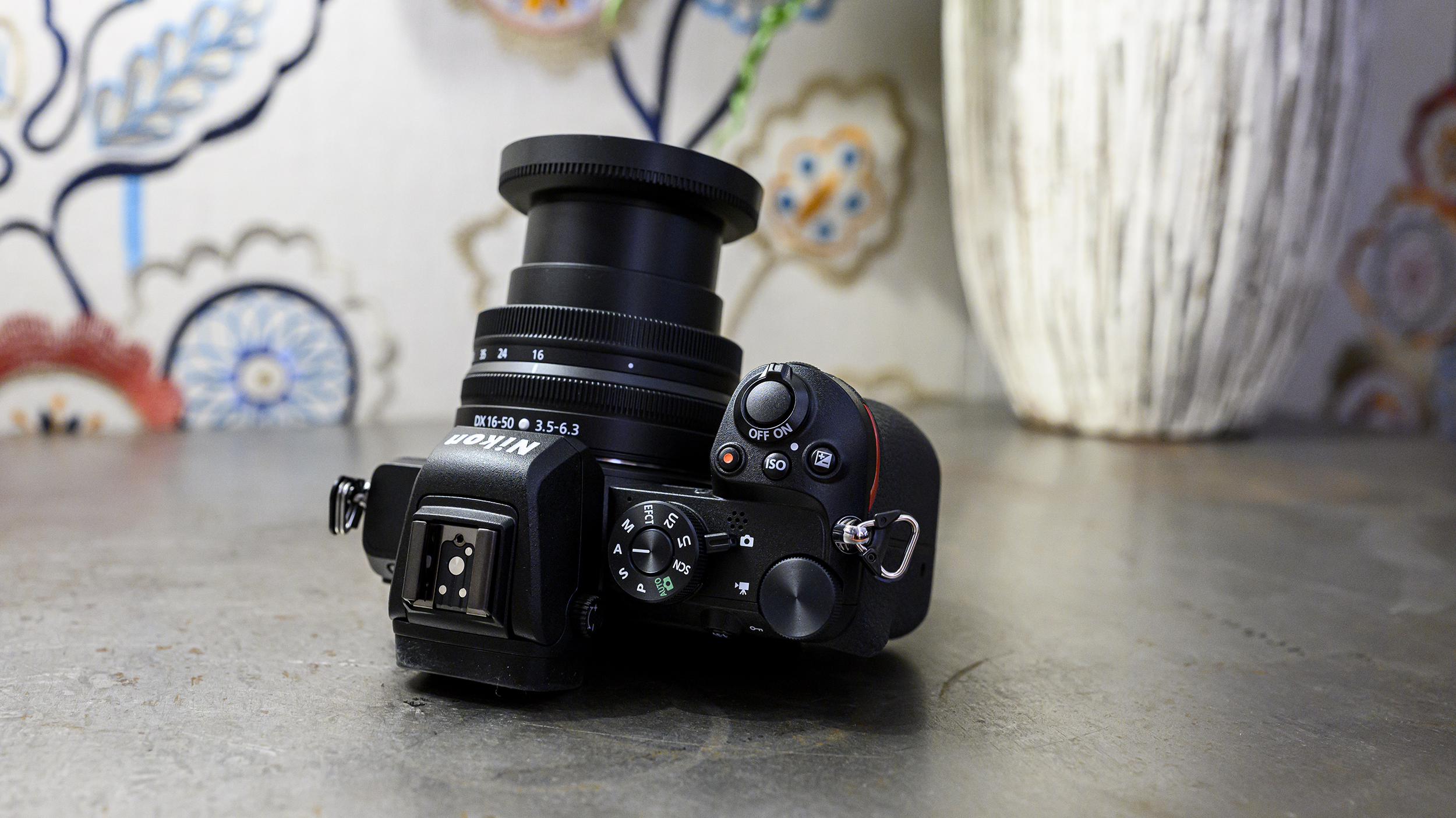
With Nikon introducing a brand new APS-C (DX format) Z series camera into the mix, it begs the question: do you need to buy the more expensive full-frame Z6 mirrorless camera?
Both are designed to be great all-rounders, but that extra real estate for the Z6 image sensor sees an asking price of more than double that of the Z50’s. If you’re a travel photographer, there’s also the fact that the Z6 is bigger, heavier and bulkier too.
In this comparison we’ll discover the key differences between the two cameras to help you decide whether you should splash the cash or save the pennies.
- Everything you need to know about Nikon's Z6 and Z7 mirrorless cameras
- Read our Nikon Z50 hands-on review
Nikon Z50 vs Nikon Z6: Sensor and resolution
Of course, the biggest difference between these two cameras is the sensor size. The Z6 totes a 24.5 megapixel full-frame (what Nikon calls FX format), while the Z50 has a smaller APS-C (DX format) 20.9 megapixel sensor. Despite it being the same resolution as the Nikon D500 sensor, Nikon claims the Z50 is not the mirrorless equivalent of the DSLR.
A full-frame sensor is generally better in low light, while the higher resolution should mean it’s also better suited to capturing fine details as well. Whether you need the larger sensor very much depends on what you like to shoot. If you’re consistently shooting in gloomy conditions, the Z6 will undoubtedly perform better but if, on the whole, you’re shooting in favorable conditions (such as while traveling), then the Z50 should be more than adequate.
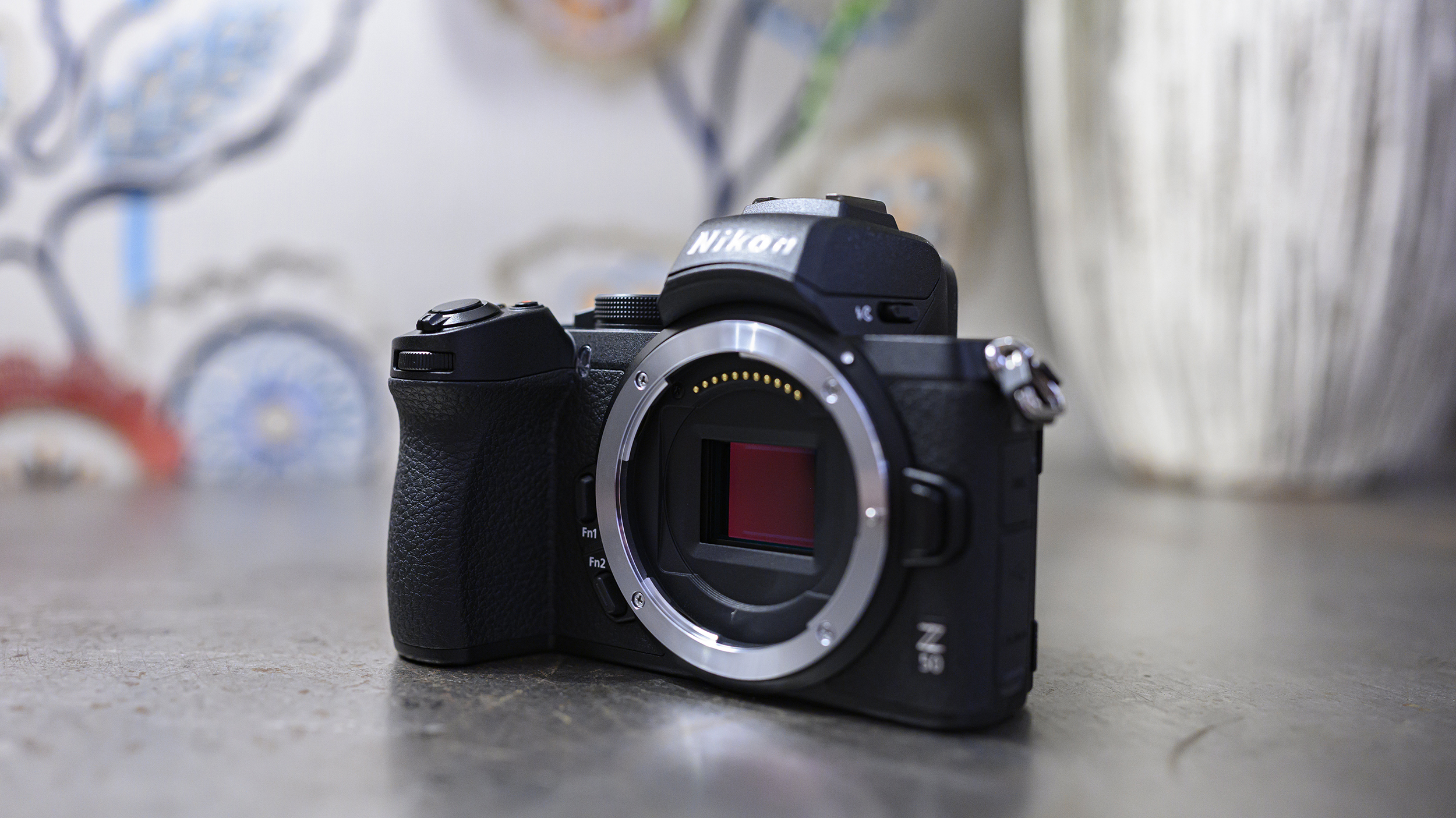
Nikon Z50 vs Nikon Z6: Lenses
Both the Nikon Z50 and the Z6 use the same Z lens mount. That means that all of the existing Z mount lenses available for the Z6 and the Z7 can be used with the Z50. As the sensor is smaller, you’ll need to take into account the crop factor – so the 35mm f/1.8 S series lens would offer an equivalent focal length of around 52mm.
Additionally, two new Z mount lenses have been announced for pairing with the Z50, specifically designed for use with the smaller sensor. These are a 16-50mm f/3.5-6.3 kit lens, and a 50-250mm f/4.5-6.3 telephoto zoom. The former is designed to keep the overall system as compact as possible and, again, is great for those looking for a travel-friendly snapper.
Sign up for breaking news, reviews, opinion, top tech deals, and more.
Nikon published a lens road map recently which showed that there will be more lenses announced throughout 2020 and 2021 designed for both its mirrorless systems.
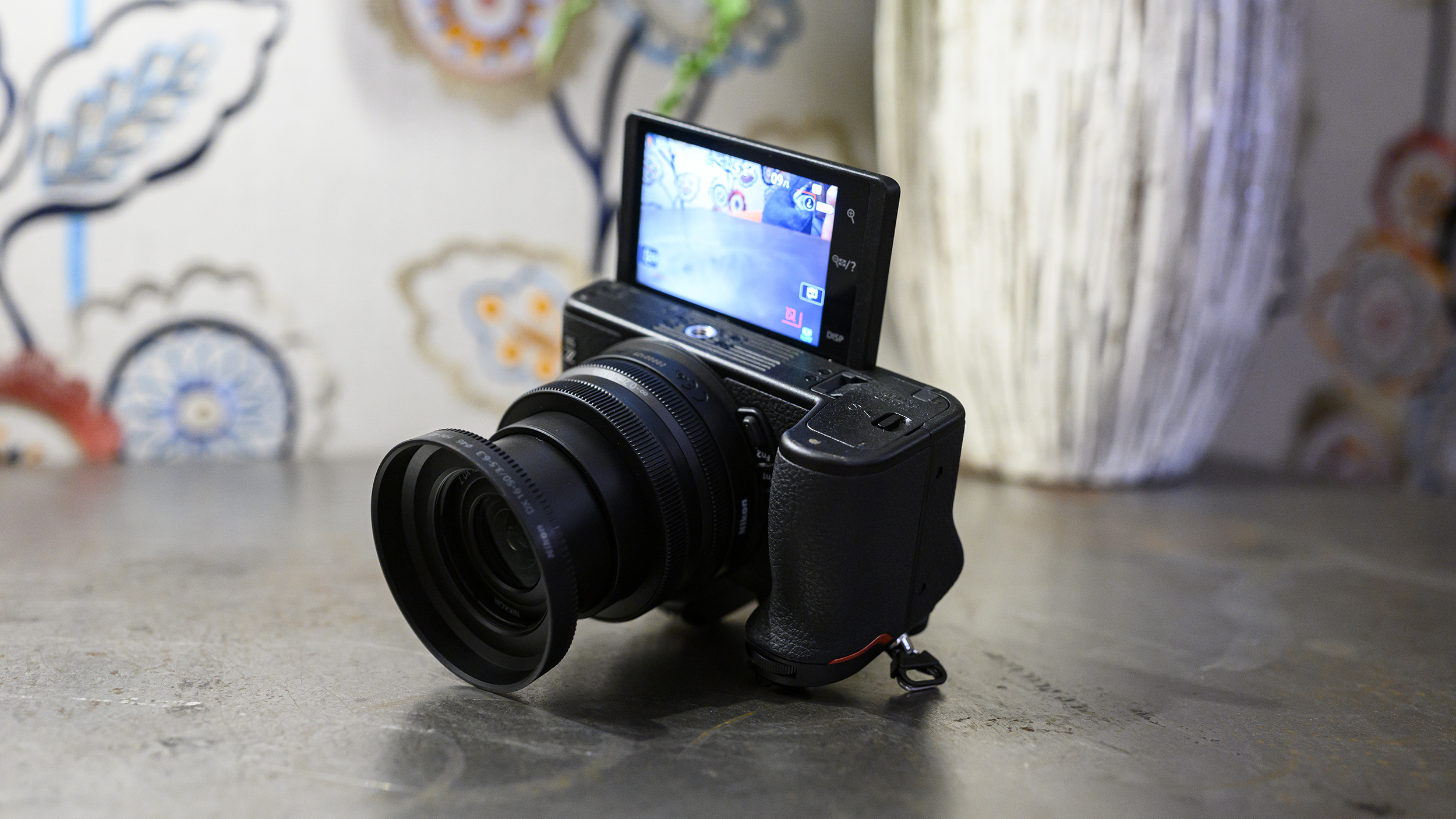
Nikon Z50 vs Nikon Z6: LCD screen
Here’s a good example of another reasonably big difference between the two models.
While both have a 3.2-inch LCD screen, the Z6 has a higher, 2100K-dot resolution display as compared to the 1040K-dot resolution on the Z50. Used in isolation you may not realize what you’re missing out on, though.
The Z50 also has an extra trick up its sleeve – it can tilt to face all the way forwards, which is great for selfies and for recording vlogs to camera. The Z6’s screen can tilt, but only downwards and slightly upwards.
Nikon Z50 vs Nikon Z6: EVF
Both cameras have electronic viewfinders, but the EVF on the Z6 – which is the more expensive of the two shooters – is both higher in resolution and size.
The Z50’s EVF is a 2360k-dot, 0.39-inch device, compared to the Z6’s 3690k-dot 0.5-inch option. Again, it’s likely that if you only ever use the smaller, lower resolution EVF of the Z50 you won’t know what you’re missing out on.
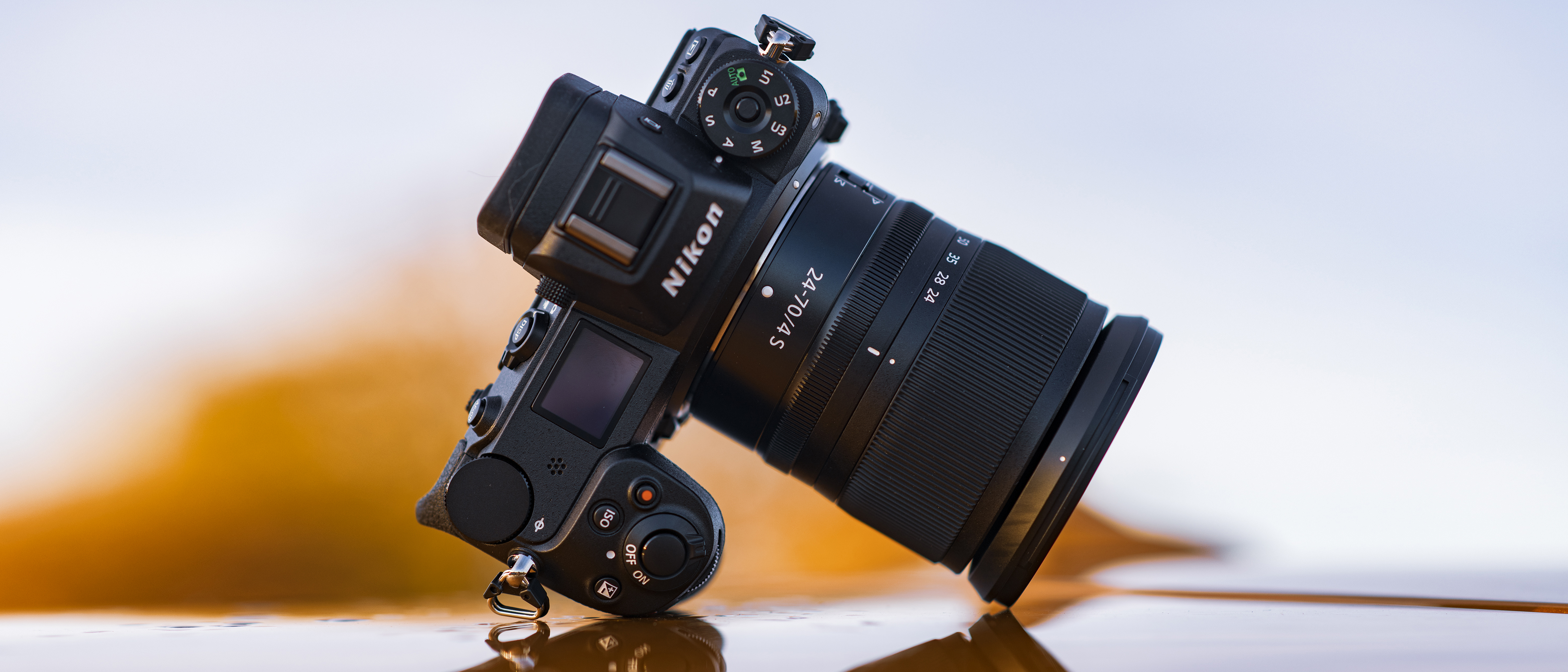
Nikon Z50 vs Nikon Z6: Burst shooting
Here’s another point where the Z6 and Z50 are reasonably similar: the Z6 offers 12fps shooting, while the Z50 sits only slightly behind at 11fps, with both speeds sufficient for shooting sports and action. In fact, you might argue that with the crop sensor, and the longer lens available for it (for now), the Z50 is the best option out of the two.
Nikon Z50 vs Nikon Z6: Memory card
The Z6 uses a single XQD card, while the Z50 has a single SD card slot. Although XQD cards are faster and more robust, they’re also significantly more expensive and less easy to find than SD cards.
If you’re already shooting with another camera, you might already have an existing supply of SD cards available to shoot with. As the physical size of an SD card is also smaller, it helps to keep the overall size of the Z50 to a minimum.
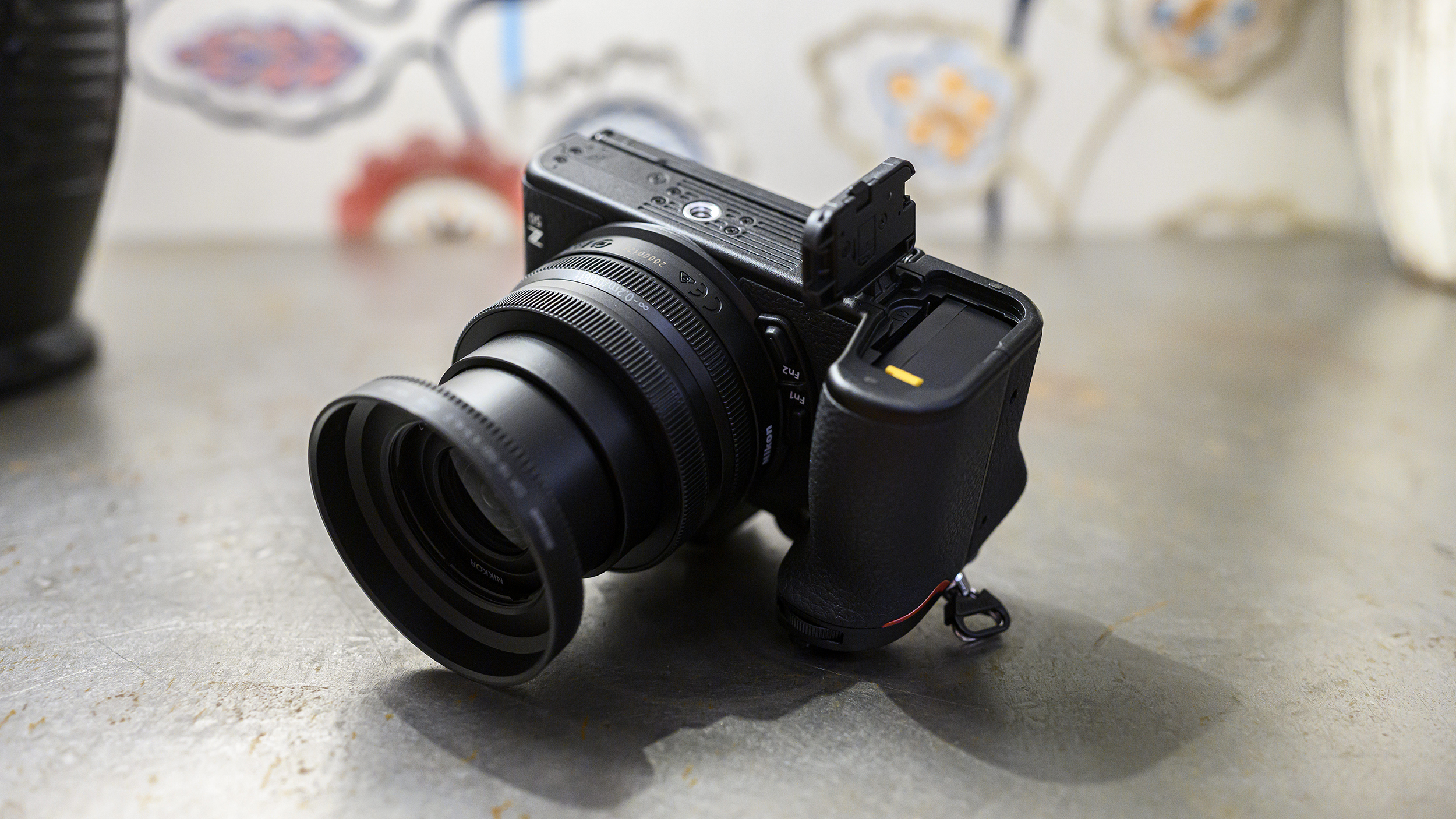
Nikon Z50 vs Nikon Z6: Battery life
Another specification which helps to save space – the Z50 uses a much smaller battery than the Z6.
The official CIPA rating for the new EN-EL25 Z50 battery has yet to be announced, but it’s bound to be less than the Z6. That said, with a lower resolution sensor, plus a lower resolution screen and viewfinder, overall power consumption is likely to be lower.
As for the Z6, its EN-EL15b battery life is officially rated at a meager-sounding 310 shots – but in real-world usage you can usually get much more from it, typically lasting at least a whole day for the average user.

Nikon Z50 vs Nikon Z6: Dimensions and weight
Here’s where the Z50 has a trump card if your ultimate concern is portability.
Weighing in at just 450g (including battery and memory card), it’s over 200g lighter than the 675g Z6. On top of that, the 24-70mm f/4 lens for the Z6 will add another 500g to your kit bag, while the 16-50mm f/3.5-6.3 kit lens for the Z50 is only 135g.
As for dimensions, the Z50 is essentially a miniaturized Z6. It retains a deep grip and decent handling while only being 126.5 x 93.5 x 60mm, as compared to the Z6’s dimensions of 134 x 100.5 x 67.5mm.
It could be that you prefer the beefier, bulkier Z6 in terms of handling, but it’s hard to deny the Z50’s appeal as a travel-friendly camera.
Nikon Z50 vs Nikon Z6: Price
So here’s the big one – price. Both are excellent cameras, but if you’re on a tight budget, the Z50 offers fantastic value for money.
At the time of writing, it retails for around $856 / £849 body only (you'll only get the kit bundles in Australia), or $996 / £989 / AU$1,799 with the 16-50mm kit lens. You’ll need to double your investment if you’re keen on the Z6, which will set you back around $1,996 / £1,699 / AU$2,999 body only, or $2,596 / £2,249 / AU$3,999 with the 24-70mm f/4 lens.

Nikon Z50 vs Nikon Z6: Conclusion
There’s a lot to like about both the Z6 and the Z50. We’re yet to fully test the Z50, but our initial impressions are very good. By now, the Z6 is more of a known quantity, and we’ve been very pleased with how it performs.
We’d happily recommend the Z6 as a travel-friendly camera – it is still small when compared to equivalent DSLRs. If you want the best image quality, then it makes more sense to go for the full-frame option and, of course, it’s cheaper than it’s higher resolution Z7 sibling.
However, if your key desire is to have something small, lightweight and a fantastic all-rounder, the Z50 probably makes more sense, especially if you’ll mainly be shooting in good light.

Amy has been writing about cameras, photography and associated tech since 2009. Amy was once part of the photography testing team for Future Publishing working across TechRadar, Digital Camera, PhotoPlus, N Photo and Photography Week. For her photography, she has won awards and has been exhibited. She often partakes in unusual projects - including one intense year where she used a different camera every single day. Amy is currently the Features Editor at Amateur Photographer magazine, and in her increasingly little spare time works across a number of high-profile publications including Wired, Stuff, Digital Camera World, Expert Reviews, and just a little off-tangent, PetsRadar.